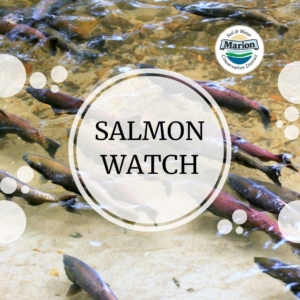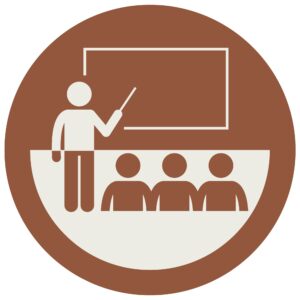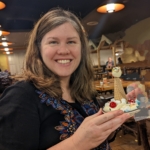Salmon Watch is a hands-on, science-based streamside program for 4th-12th grade students to learn about salmon biology and watershed ecology.

Salmon Watch Field Trips
Marion SWCD coordinates Salmon Watch field trips for students in Marion County to witness spawning salmon in action. 2024 field trips season runs from September 18 to October 10.
Teachers in Marion County: Contact Heath Keirstead if you are interested in attending this field trip. We offer grants for schools attending Salmon Watch to cover funding for substitutes and transportation.
Volunteers: We rely on volunteers to run this program. Won’t you join us?
Sign up to volunteer for the Fall 2024 Salmon Watch field trip season here.

Salmon Watch Funding
Teachers who have signed up for a fall Salmon Watch field trip with Marion Soil and Water Conservation District may apply for funding to cover the cost of substitute teachers and transportation needed to attend the trip. If your class is signed up for Salmon Watch, contact Heath to apply for reimbursement of sub and bus costs.

Salmon Watch Curriculum
At Salmon Watch field trips, students rotate through four stations to get hands on with Pacific salmon, aquatic macroinvertebrates, water quality testing and riparian ecology.
-
- Salmon Biology – Students discover the life cycle of Pacific Salmon, view spawning salmon, and explore salmon anatomy.
-
- Aquatic Macroinvertebrates – Students collect macroinvertebrates from the stream and gain an understanding of how macros can be used as an indicator of stream health.
-
- Water Quality – Students use chemical tests and tools to take scientific measurements that help paint a picture of the stream’s water quality. Tests include dissolved oxygen, pH, temperature, and turbidity.
-
- Riparian Ecology – Students explore the living and non-living elements of the stream side habitat and gain an understanding of how the riparian area is interconnected with the waterway itself.
The complete Salmon Watch Volunteer Handbook includes teaching tips, all 4 stations, opening circle and closing circle.
Salmon Watch Streaming
In collaboration with Salmon Watch programs throughout the state of Oregon, we’ve developed the Salmon Watch Streaming videos.
It’s the Salmon Watch curriculum educators know and love, now available as six short videos. As always, we highlight ecological values, stewardship, and science-based education with endangered salmon as the keystone. We hope our new content will bring some of the crisp air, gurgling streams, and spongey forest floor of a Salmon Watch field trip to students at a distance.
Contact Us
Our team can help you plan your Salmon Watch trip.

